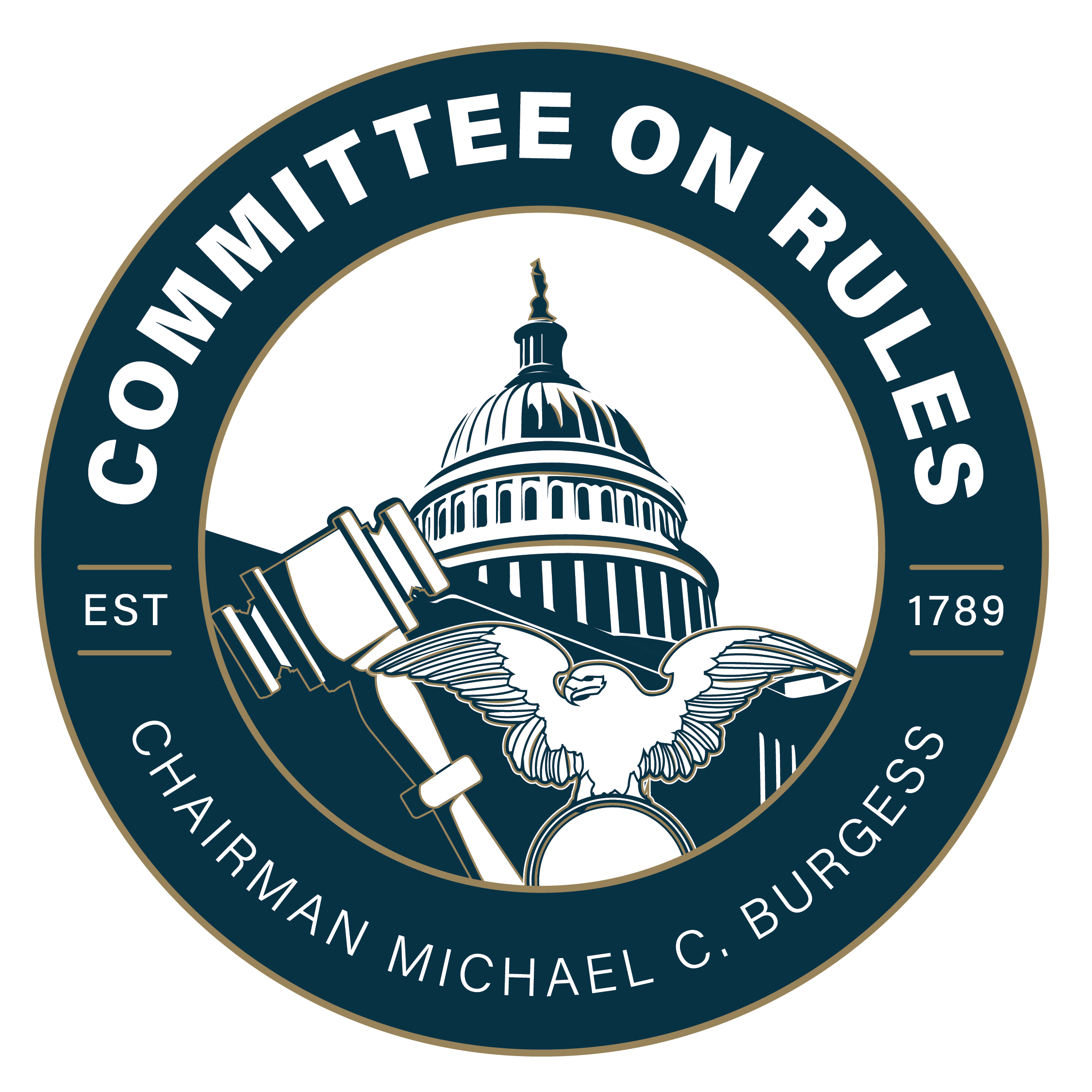Basic Training — Reading a "Rule" for Floor Consideration
![]() The Rules Committee routinely establishes the terms and conditions of legislative debates on the floor, including the length of that debate and the amendments—if any—made in order. The mechanism used to perform this function is a special order of business, commonly referred to as a "rule". In order to determine the terms of each rule, three documents need to be consulted: (1) the simple resolution providing for consideration of the bill, (2) the report to accompany the resolution, and (3) the "roadmap" document produced by the Rules Committee for its own consideration of the rule.
The Rules Committee routinely establishes the terms and conditions of legislative debates on the floor, including the length of that debate and the amendments—if any—made in order. The mechanism used to perform this function is a special order of business, commonly referred to as a "rule". In order to determine the terms of each rule, three documents need to be consulted: (1) the simple resolution providing for consideration of the bill, (2) the report to accompany the resolution, and (3) the "roadmap" document produced by the Rules Committee for its own consideration of the rule.
Basic Types of Rules
Bills in the House are considered under 3 basic types of rules: (1) “closed” rules, which allow no amendments, (2) “structured” rules, which allow only certain specified amendments, and (3) “open” rules, which allow the offering of any amendment so long as it complies with the basic rules of the House. There are also variations on each of these, the most common being “modified-open” rules, which require the preprinting of amendments in the Congressional Record, and “substitute-only” rules, which only allow the offering of an alternative by the Minority. While there are variations in the language among the different types of rules, the documents describing them are similar.

